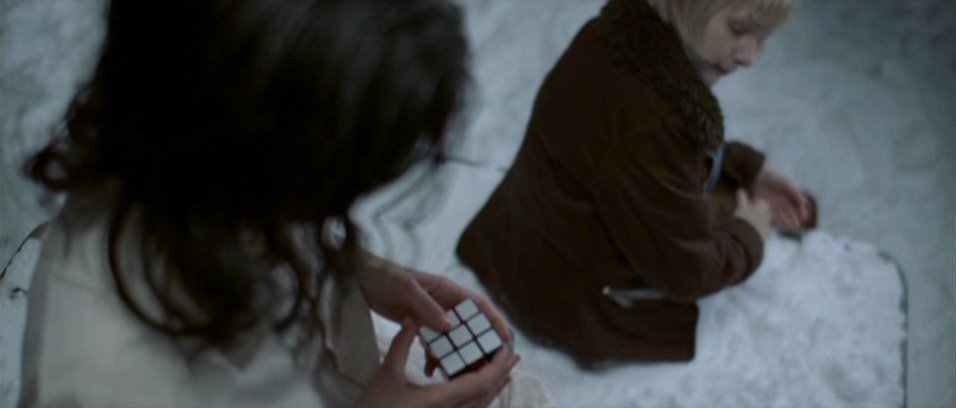Date Read: 7.28.07
Book From: Borders Piracy
Reviewer: Kakaner
Summary
Lily is born to a poor village family, but a prominent matchmaker notices Lily at a young age and informs her that her physical beauty may promise a prosperous marriage. To help the process, Lily is paired with a laotong (Chinese companion for life), Snow Flower, to increase her credibility and status. For their entire lives, Snow Flower and Lily share a deep friendship and endure their hardships and married life together.
Review
Back when I first reviewed this book, I wrote down “Good… awesome… but not mindblowing”. And it was exactly that. Snow Flower and the Secret Fan is such an excellent book– great character development, writing, plot, historical references– but it is never one that I immediately think to recommend to people. It’s definitely a book that misses the wow factor, and as engaging as it is, fails to completely immerse the reader in the world. I found myself reacting very strongly to events in the book, but not coming away feeling attached.
Overall, many elements of the plot are a bit of a reach in that I think it was extremely unlikely that all of these fortunes would fall upon a common Chinese village girl. In this way, Snow Flower and the Secret Fan reminds me of Memoirs of a Geisha, another book that clearly knows its history and society’s makeup but reaches a bit too far to make an interesting and compelling story. However, if you focus on just the laotong relationship instead of how it came to be, it really is quite beautiful. Their dialogues really impress upon the reader the objectification, cruelty, and lack of purpose experienced by Chinese women.
It’s certainly a book to read if you are interested in historical chinese traditions. In particular, Snow Flower and the Secret Fan contained one of the most vivid accounts of footbinding I had ever read. See devotes an entire chapter to Lily’s hardships during her footbinding experience, underlining the layers of tensions between Lily and her family that accumulate because of this process. It is extremely instructive in the nature of the relationship between parent and child in older chinese cultures, as well as the female to society.
If you liked Memoirs of a Geisha, you will enjoy Snow Flower and the Secret Fan, but prepare yourself for a different emotional journey.
Go To:
